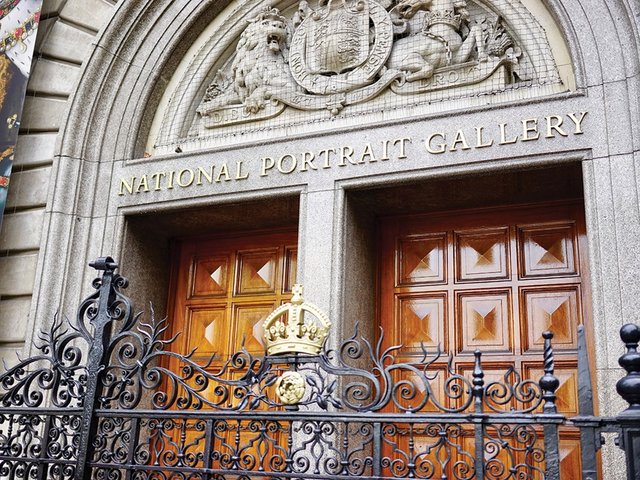Bendor Grosvenor’s column Diary of an Art Historian, “Why was the National Portrait Gallery so secretive about its closure?” (The Art Newspaper, December 2019, p8), is confusing. Stating that the National Portrait Gallery’s Inspiring People redevelopment will result in less space to display the collection is incorrect. The project is the most transformative since our building opened in 1896, the first to consider it as a whole and is much needed. It will see us refurbish all of our galleries and rehang and re-interpret the entire collection from top to bottom, Tudors to now. There will also be new galleries for the collection on the ground floor and on the first floor, and we will return the galleries of the East Wing back to public use. All of this is combined with civic spaces, a more welcoming entrance and forecourt, and a vastly improved Learning Centre.
Other statements in his piece are also misleading. For example, the “enormous new shop” is actually 23% smaller than the current ones, although it is much better and more sensitively situated and will allow us to showcase Ewan Christian’s original architecture and use of light. Most importantly, the article’s focus on quantity above quality seems a funny way to approach architecture and what is a thoughtful and respectful refurbishment of a historic building by Jamie Fobert Architects and Purcell.
The decision to temporarily close the gallery from 29 June 2020 until spring 2023 is not one that has been taken lightly. We have given a great deal of thought as to how to complete the building works in the most responsible way. We have talked to other museums and galleries that have gone through a similar closure process and worked with external cost consultants to consider carefully all options. Given the nature of the Grade I listed building, complete closure is the most time-efficient and cost-effective way to complete the project and, more importantly, to ensure visitors, members of staff and the collection are not put at risk.
It seems strange that the article makes no mention of the other museums that have, or are currently, closed in the UK for much needed refurbishments (the Courtauld, Imperial War Museum, Geffrye, Hayward and the Whitworth), nor indeed of the need to safeguard the collection, especially after recent and high-profile fires in Glasgow, Paris and Rio.
It would have been irresponsible to announce plans to close the building before the funds for the project were in place; nor were we in a position to do so. Contrary to the article’s assertion that “there was never any real doubt the money [from the National Lottery Heritage Fund] would come through”, there was absolutely no guarantee that the gallery’s application for a further £8.5m from the National Lottery Heritage Fund would be successful. It is unfair to suggest the gallery deliberately hid “behind the formalities of the Fund’s processes as a reason not to tell either staff or public about the closure”.
The Inspiring People redevelopment began with extensive visitor research and has the gallery’s audiences at its heart, enabling us to share our collection with the widest and most diverse audiences possible in ways that will bring to life British history and culture. Our new national programme of activity, planned for both the building period and beyond, will allow us to reach new visitors across the UK who may not have had the opportunity to encounter our collection, by working in innovative collaborations with museums and galleries as well as local communities and schools across the country. The renewed building will allow us to be more welcoming, engaging and accessible to all.
Nicholas Cullinan, director of the National Portrait Gallery, London
The author of the original article says:
• My article did not state that the gallery redevelopment would result in less space to display the collection. Instead, it asked why the £35.5m project would not result in “significantly more space to display the permanent collection”.
• Nicholas Cullinan is right to refer to the risk of destructive fire during the redevelopment as a factor in the closure of the NPG. But if his plans do involve such a risk, one wonders what steps the National Gallery, in the immediately adjacent building, will be taking as a result.




